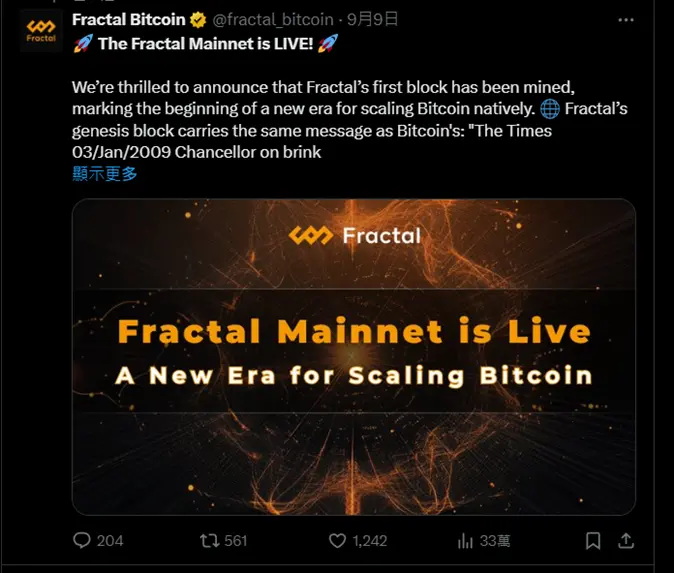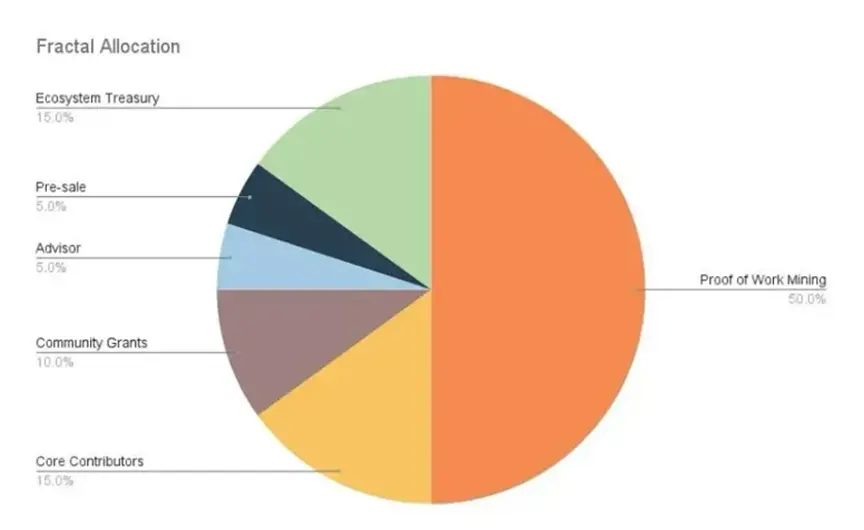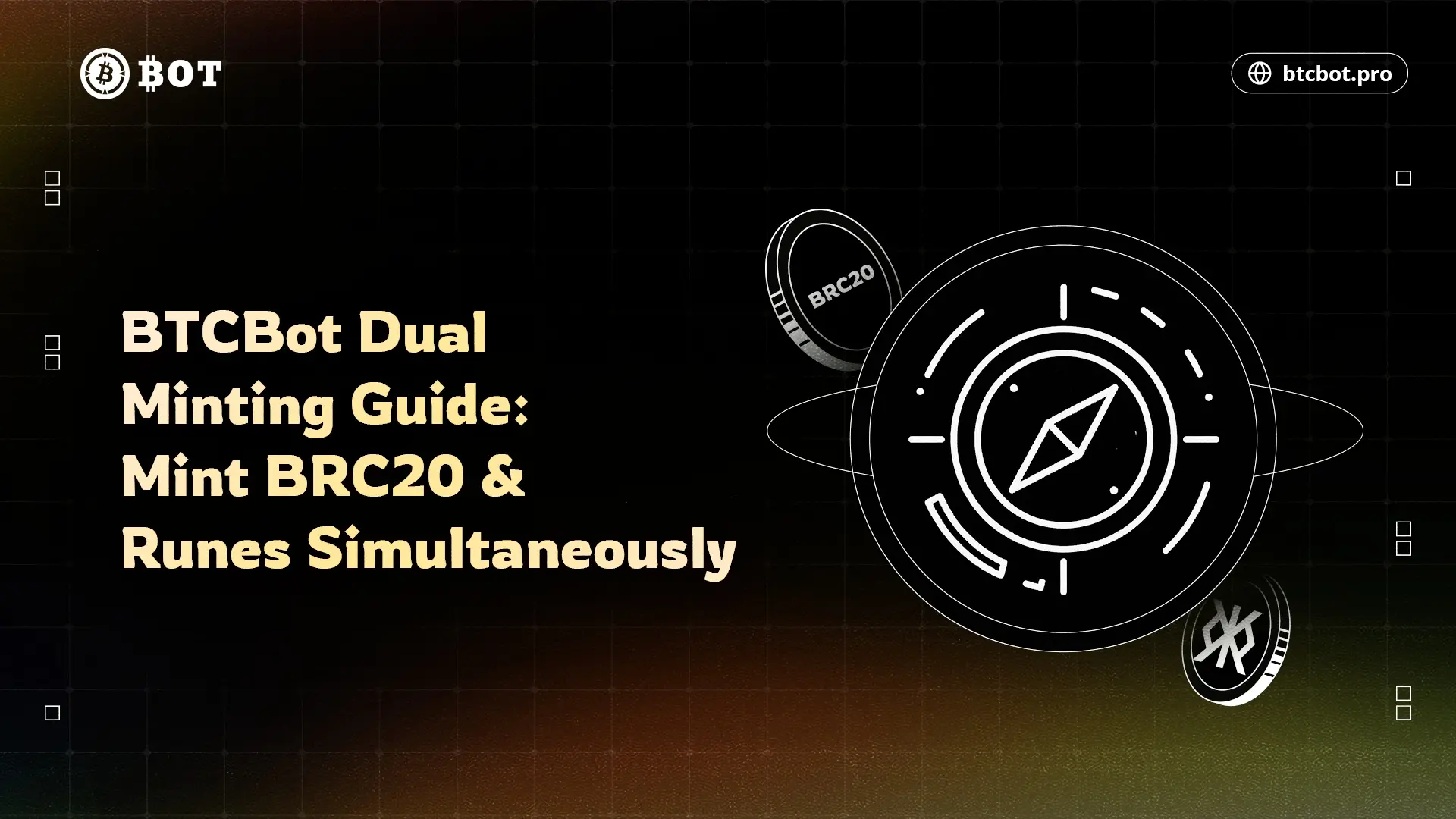Fractal Bitcoin ignites the market: Do you still not know about it?
Fractal Bitcoin, a sidechain network that is almost identical to Bitcoin's Layer 1 blockchain, announced its mainnet launch this week, immediately sparking discussions in the cryptocurrency community. This emerging network pays tribute to Bitcoin in a unique way: it embeds the same message that Satoshi Nakamoto left in Bitcoin's first block within its genesis block, echoing criticisms of bank bailouts.
The popularity of Fractal Bitcoin has rapidly surged, reflected in its transaction fees: high-priority transaction fees once soared to 150 satoshis/byte, clearly indicating strong market interest in this new platform. Despite facing some mining challenges initially, Fractal Bitcoin has successfully launched and begun fulfilling its mission of "local scaling for Bitcoin."

Image Source: Fractal Bitcoin Official Twitter
Meanwhile, the mining situation on the Bitcoin mainnet is becoming increasingly intense. According to the latest data from BTC.com, the Bitcoin network difficulty has reached 92.67 T, with a total network hash rate of 650.63 EH/S. These figures reflect that Bitcoin mining difficulty is at a historical high, meaning that the amount of Bitcoin available for mining is decreasing, while the number of participants continues to rise.
This not only highlights the vitality of the Bitcoin ecosystem but also provides a backdrop for the emergence of new platforms like Fractal Bitcoin. In this era where Bitcoin derivative projects coexist with the native network, innovation and competition in the cryptocurrency space are reaching new heights.

Image Source: BTC.COM
1. What is Fractal Bitcoin?
Fractal Bitcoin is an innovative Bitcoin scaling solution recently launched by the UniSat team. Its core idea is to significantly enhance the performance and functionality of the Bitcoin network without altering the Bitcoin mainnet protocol. To achieve this goal, Fractal Bitcoin introduces the concept of "fractals." In geometry, a fractal refers to patterns that replicate and mimic shapes similar to the original shape, thereby retaining its key attributes. Drawing on this idea, the UniSat team proposed encapsulating the core Bitcoin code to create an embeddable network extension layer. This extension network links recursively to the main Bitcoin network, allowing each application to operate independently while ultimately feeding back to the main network.
Key Features:
Sidechain Structure: Fractal operates as an independent sidechain running parallel to the Bitcoin mainnet, connecting to the mainnet through special nodes.
Fractal Expansion: Drawing on the fractal concept in geometry, Fractal creates a network structure that can recursively expand indefinitely. Each "fractal" layer can independently handle a large number of transactions, ultimately merging the results back to the mainnet.
Dynamic Scaling: Fractal acts as a "dynamic block space load balancer," automatically adjusting network capacity based on demand.
Innovative Mining Mechanism: Adopting "rhythm mining," two-thirds of the blocks are mined on Fractal, supporting its native token FB.
Enhanced Functionality: Activates the OP_CAT opcode, supporting more advanced applications such as zero-knowledge rollups.
Ecosystem Expansion: Plans to introduce the Bitcoin Virtual Machine (BVM), facilitating the easy migration of smart contracts from Ethereum to Fractal.
However, Fractal also faces some controversies. For instance, 50% of the FB tokens were pre-mined and distributed to early participants, raising concerns among some members of the Bitcoin community. Additionally, some have pointed out that Fractal's code may heavily borrow from other projects.
2. Current Mining Situation of Fractal Bitcoin?
According to ChainCatcher, the current total hash rate for merged mining and permissionless mining on the Fractal mainnet has surpassed 50 EH/s, equivalent to 50000 PH/s. Based on an average block time of 30 seconds, Fractal produces approximately 72,000 FB tokens per day, with the current permissionless mining total hash rate reported at 6400 PH/s. Each PH of hash rate can mine about 7.5 FB daily, resulting in approximately 225 FB monthly. The current monthly rental price for hash rate is about $3000 per PH, and the breakeven price for renting hash rate to mine FB is $13.3, with a total circulating supply of 210 million FB corresponding to a market value of about $2.8 billion.[1]
The official website describes: "On-chain interactions can scale up and down with changing demand—because it acts as a dynamic 'block space load balancer' and reduces congestion on any specific layer." This feature aims to address the common congestion issues in blockchain networks, providing users with a smoother transaction experience.
Fractal Bitcoin also introduces a unique consensus mechanism called "rhythm mining." Under this mechanism, two-thirds of the blocks are mined on the Fractal network for its native gas currency FB. This design aims to ensure the security and efficiency of the network while providing sufficient incentives for miners. The total supply of Fractal Bitcoin (FB) tokens is set at 210 million, and its distribution plan reflects the project team's consideration for the long-term development of the ecosystem.
The specific distribution ratios are as follows: Mining rewards: 50% of the total, or 105 million FB tokens; Core contributor rewards: 15%; Ecosystem reserve: 15%; Community rewards: 10%; Advisor allocation: 5%; Presale: 5%.

From a technical perspective, Fractal Bitcoin appears to be a rapid clone based on Bitcoin Core v24.0.1, with some consensus adjustments made. The project team has also borrowed some code from other cryptocurrency projects such as Namecoin and Bcash. While this approach speeds up development, it has also sparked discussions about the project's innovation and independence.
3. Fractal Bitcoin Mining Guide: From Hash Rate Mining to NFT Participation
There are two main ways to mine Fractal Bitcoin tokens: traditional hash rate mining and the innovative NFT participation model. The traditional mining method is suitable for experienced miners and large investors, while the NFT model provides a more convenient participation channel for ordinary users. So, how can ordinary users get involved in this popular project?
1) Traditional Hash Rate Mining
For experienced miners and well-capitalized investors, directly participating in FB's hash rate mining is an option. The total supply of FB is 210 million, with 50% generated through PoW mining. However, this method has a high barrier to entry for ordinary users:
- Requires specialized mining equipment
- High electricity costs
- High technical requirements
- Intense competition, especially in the early stages
2) Innovative Solution for Retail Investors: Hash Rate NFTs
Considering that most cryptocurrency enthusiasts lack specialized mining equipment, the BitTera platform has launched an innovative participation method—hash rate NFTs. This method has the following advantages:
- Low barrier to entry: No need to purchase and maintain expensive mining equipment
- Convenience: Participate in mining by purchasing NFTs
- Flexibility: Offers various duration options to meet different user needs
- Potential additional earnings: Opportunity to receive airdrop rewards from other projects (such as BEVM)
The Fractal Bitcoin head mining hash rate NFT products offered by BitTera include:
a) 3-day term (September 9-11)
b) 7-day term (September 9-15)
c) 14-day term (September 9-22)
d) 30-day term (September 9-October 8)
Users can choose suitable NFT products based on their investment strategies and risk preferences.

Image Source: BitTera Official Website
------ Participation Method
To purchase these hash rate NFTs, users can visit BitTera's official website. It is worth noting that participating in FB mining may not only yield direct mining rewards but also potentially earn rewards from other ecosystems. For example, BitTera recently received strategic investment from the BEVM Foundation, which has announced that hash rate RWA will be one of its important airdrop credentials.
In summary, Fractal Bitcoin offers cryptocurrency enthusiasts a new opportunity to participate. Whether through traditional hash rate mining or the innovative NFT model, users have different options available. Before participating, it is advisable to thoroughly research the project details and weigh the risks and rewards.
4. Risks
Fractal Bitcoin has garnered significant attention due to its collaboration with the UniSat team. Backed by a well-known exchange, UniSat's success in the BRC20 market and the outstanding performance of the $PIZZA token have added considerable luster to Fractal Bitcoin. This strong partnership undoubtedly brings great visibility and potential market advantages to the project.
However, aside from the team's reputation, the Fractal Bitcoin project itself still has some issues worth noting. First, the project documentation fails to clearly articulate the unique advantages of Fractal Bitcoin compared to other Bitcoin public chains. Second, there remains doubt about whether the Bitcoin ecosystem truly needs a feature-enhanced public chain. In the past, similar L2 solutions like Merlin and B² Network failed to gain significant traction among users, which is a phenomenon worth pondering.
Many participants in the Bitcoin ecosystem seem to prefer simple asset trading over complex functionalities. This user preference may impact the adoption rate of Fractal Bitcoin. However, as a sidechain with its own PoW mining, Fractal Bitcoin may maintain long-term relevance through continuous miner participation, which could become its potential advantage.
Currently, the FB token is experiencing high popularity, and entering the market recklessly may face risks of high gas fees and low returns, which could reduce capital efficiency. Investors should carefully assess the timing of their entry, weighing short-term hype against long-term value. When making investment decisions, it is essential to comprehensively consider the project's potential, market environment, and individual risk tolerance.
References:
【1】https://www.chaincatcher.com/article/2142228










